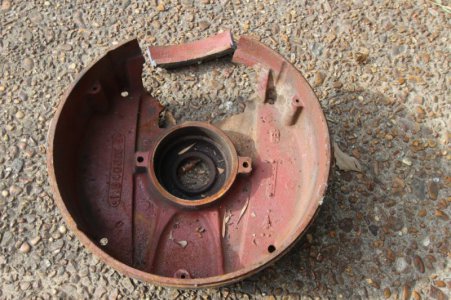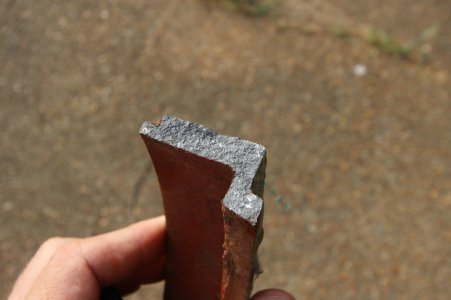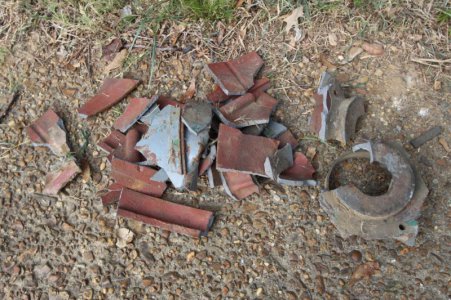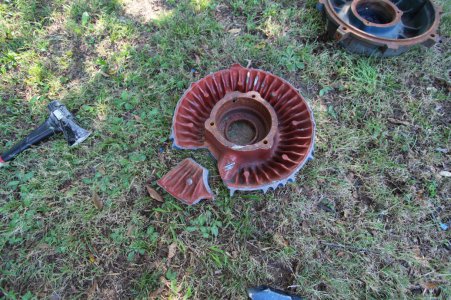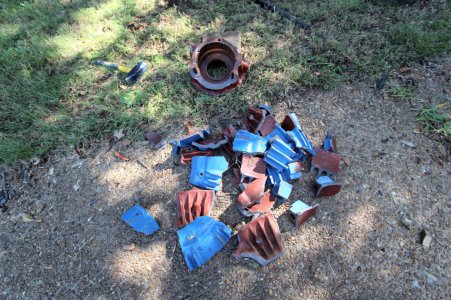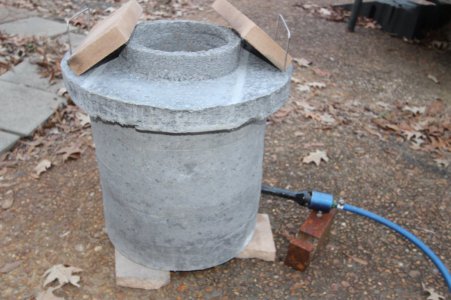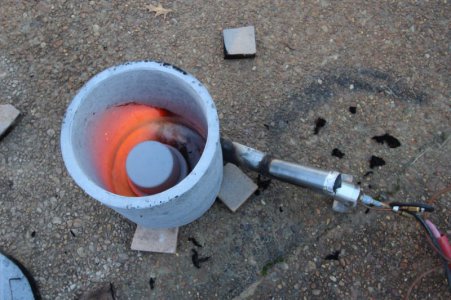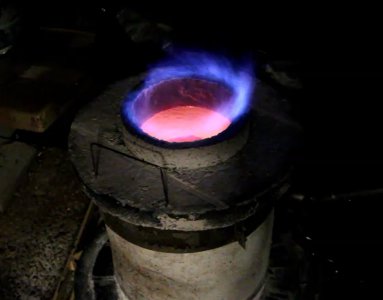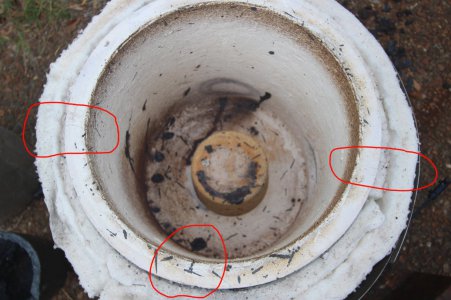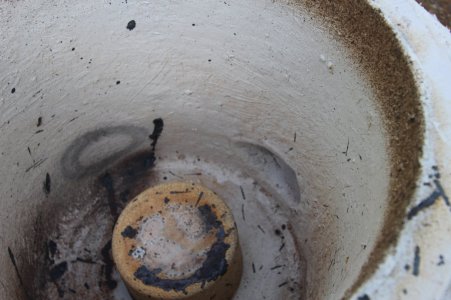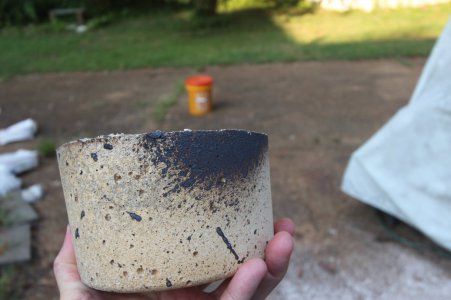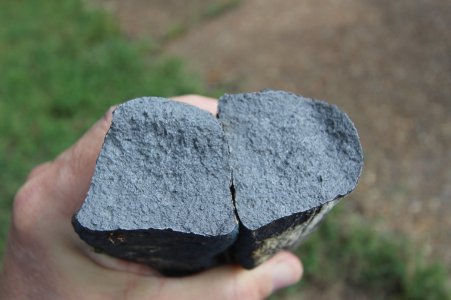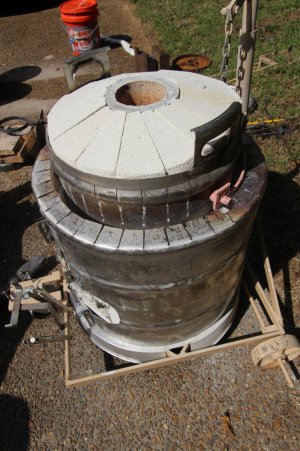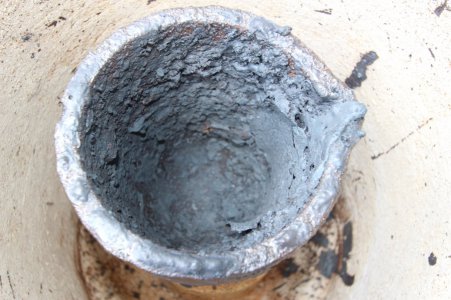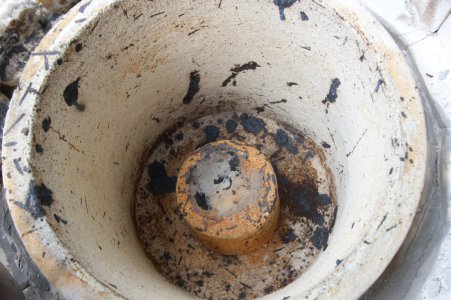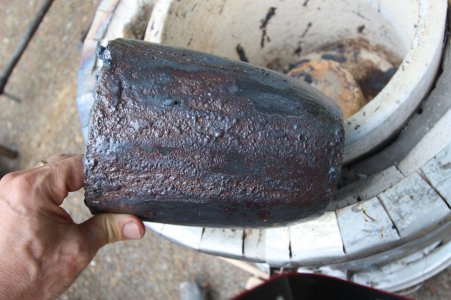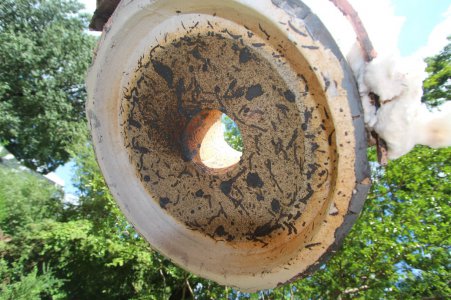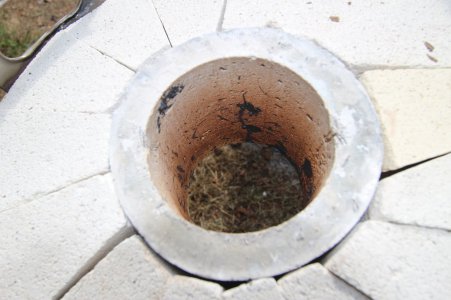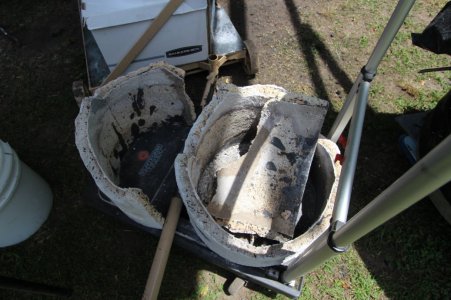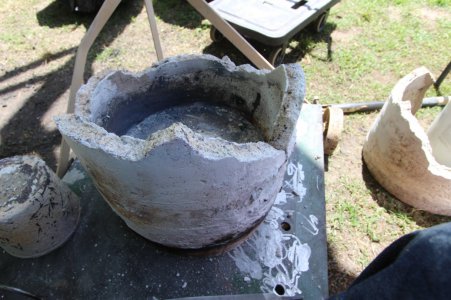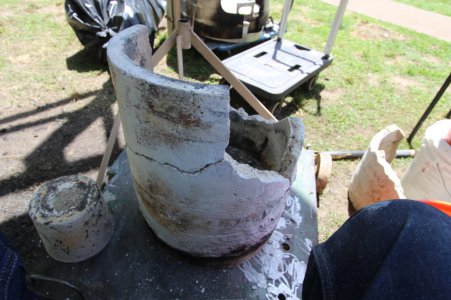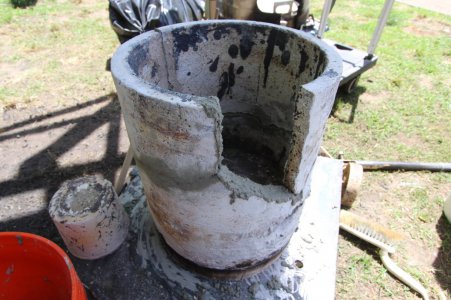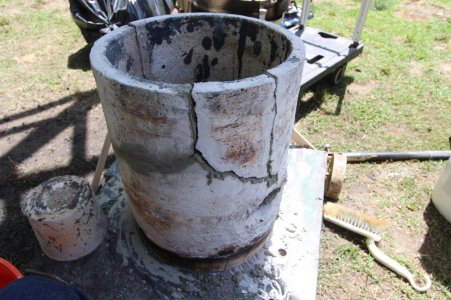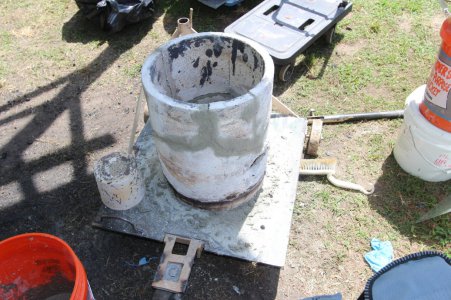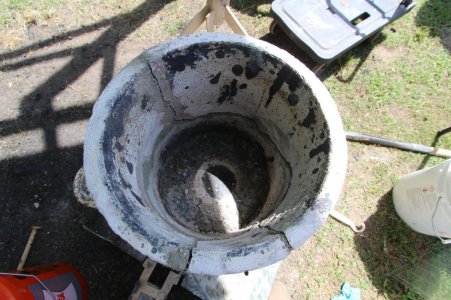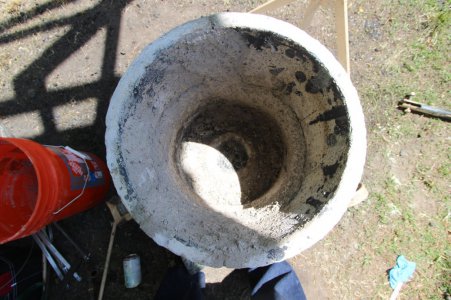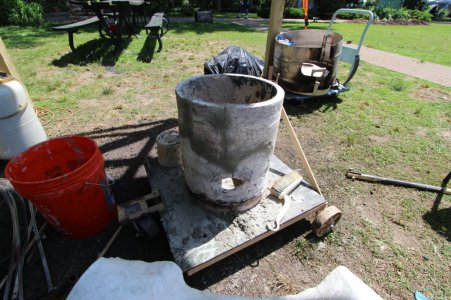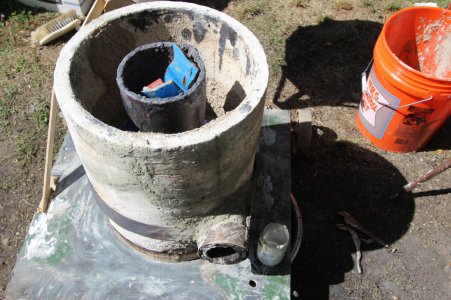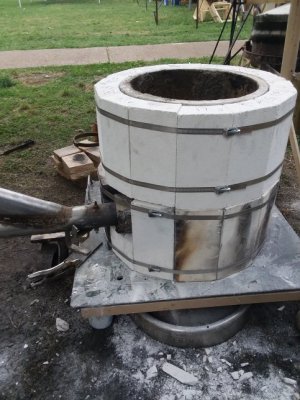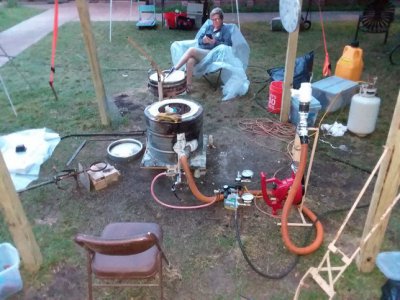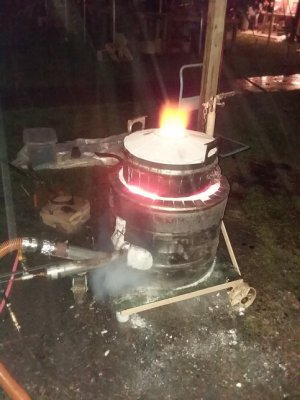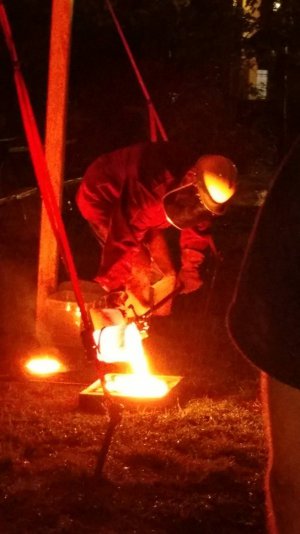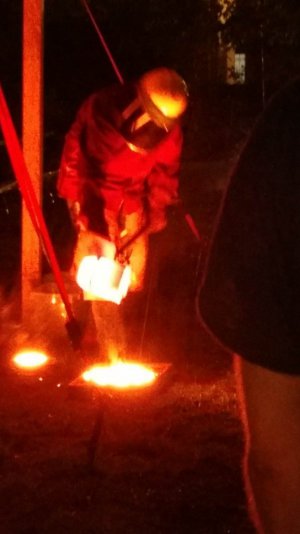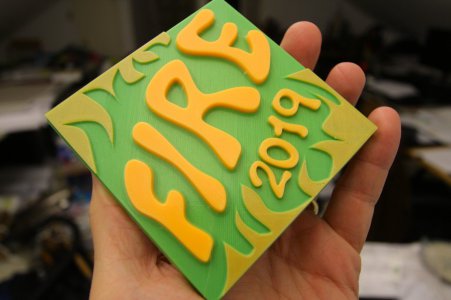- Joined
- Jun 21, 2022
- Messages
- 84
Here is the adapter I made for the leaf blower, and the stand I made to support the blower.
For the most part, I had to make up designs for the various equipment as I went.
I run the Toro blower on the lowest setting, and can fine tune the combustion air flow into the furnace with the PVC valve.
As it turns out, the Toro on the LOW setting is the exact amount of combustion air that my furnace needs to combust 2.7 gallons of diesel per hour, when the PVC valve is closed (all the blower air goes into the furnace with the PVC valve closed).
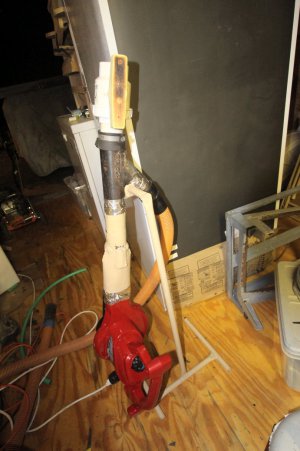
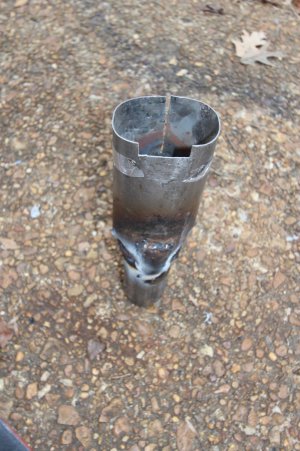
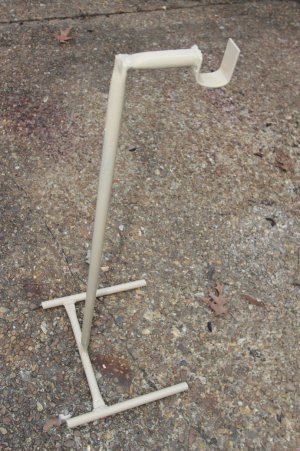
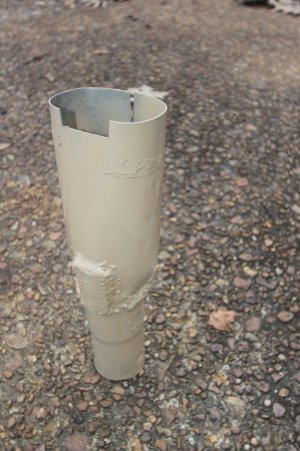
For the most part, I had to make up designs for the various equipment as I went.
I run the Toro blower on the lowest setting, and can fine tune the combustion air flow into the furnace with the PVC valve.
As it turns out, the Toro on the LOW setting is the exact amount of combustion air that my furnace needs to combust 2.7 gallons of diesel per hour, when the PVC valve is closed (all the blower air goes into the furnace with the PVC valve closed).






